|
Did you know that cemeteries close down and graves get transferred all the time? This might seem strange to you or a bit of a myth but it happens more than you know. Although it should not happen without a descendant notified, sometimes there are none to notify. Take the case of Reuben "Eugene" Ware (1871-1894) Eugene was a son of Hiram V. Ware and Rebecca Jones. His arms and back were partially paralyzed from typhoid fever. Despite his handicap, he was working as a clerk at the St. Nicholas Pharmacy. In 1894 he was stabbed nineteen times, and found thrown into the basement of the store. His murder is not what this article is about. It's about how he was buried in the now defunct Laurel Hill Cemetery in San Francisco, California. In 1901, the Laurel Hill Cemetery was closed (modern progress, expensive land, etc) and was forced to move the thirty five thousand (35,000) buried there. Most were moved to Cypress Lawn in Colma, California. While the task of moving over 35,000 graves is daunting, there were some that were never completely identified. These graves were of the original Westward Ho Pioneers. The families that were able to request their loved ones to be moved together to the new location were but many were mass buried in vaults under a mound that bears a memorial to their achievements. NOTE: Some graves were also moved to the Japanese Cemetery and the Serbian Cemetery, both in Colma. This might seem like an extreme example but it isn't. Since I document cemeteries in West Virginia, I have found many cemeteries completely moved by lumber companies, construction companies and dam builders. In Georgia, where I also document cemeteries, untold how many graves were flooded over with the creation of Lake Lanier. For A Georgia lake's dar and deadly history has some people seeing ghosts.
Read more about Eugene Ware's Murder: WikiTree contributors, "Reuben Eugene Ware (abt.1871-1894)," WikiTree: The Free Family Tree, (https://www.wikitree.com/wiki/Ware-1849 : accessed 09 October 2022).
0 Comments
Imagine this: You have just spent an entire day in the heat under the broiling sun, crouching down avoiding poison ivy and maybe snakes to photograph an entire Cemetery's tombstones. Then you edit each photo to make sure it is clear enough to read and resized to a smaller image size. Remember, we are talking MANY photos of tombstones. Now you decide to upload your photos to your own website, (cough, Ancestry Journey Cemeteries, cough) and/or Find A Grave and/or Ancestry.com.... you get the idea. I can personally vouch for this process taking a minimum of straight 72 hours worth of work without breaks. Otherwise, it's about a month's worth of work fitting in the tasks in as you work. And, that is just for ONE small to medium Cemetery!
Feeling pretty satisfied with your work, you start thinking about all kinds of crazy things like "I hope a grandson finally gets to see his grandfather's military tombstone". Or, "I wonder if this tombstone will finally confirm a brick wall for someone?". Or, the truly basic thought of, "I hope this photo helps someone."
Then the next time you research on Ancestry or Family Search, you noticed that someone has taken your photograph, downloaded it, uploaded it and stated that it is THEIR PHOTOGRAPH. In a nutshell, that seriously pisses me off. Just recently, I found out that someone has downloaded my ENTIRE collection of tombstones from a Cemetery listed on this Blog and uploaded them on Family Search as their own. Over 300 tombstones! I'm beyond pissed off on that instance. To answer the question: YES, you do own copyright of your photos the second you take it.
Armed with knowledge and common law, here is what to do if something like this happens to you:
1. In the US, as soon as you take a photograph, you automatically have the copyright of the image (if it's not taking a photo, for example, of a Monet, etc You do not own the Monet.).
2. You can register your photo/s with the US Copyright Office but that becomes cumbersome. If you don't register, I believe after 3 months, you can only be awarded actual damages if you sue. Hard to prove actual damages in court. 3. To legally use a photo there are three categories + Pubic Domain: * Paid Licensing: you grant the use for a fair fee depending on usage. Ex. Website vs National Ad on TV. * Fair Use: You allow the image to be used on 3 conditions: Non-Profit and Education Use, If the image has changed drastically that it no longer has the same meaning/purpose and third, if the image is used, informatively for the public good. * Creative Commons which is similar to licensing but the photographer only releases the image under very limited circumstances. A lawyer and contract is definitely needed for this type of usage. * Public Domain which is tricky because most people assume that everything is public domain if it's on the internet. Not true. This is really for works that have expired. Ex: Shakespeare. Most of the agreement of usage of my photos would fall under Fair Use where you still own the copyright and most of the abuse of your image would fall under Public Domain. I require all my Cemetery photos to have a link back to my company's name. It probably only happens about 2% of the time. My collections can not be downloaded and uploaded. I usually find most of them on Ancestry and Family Search. I have zero problem with someone taking a tombstone photo, here and there, for personal use. I chose to not put watermarks on my tombstones photos so not to interfere with the actual data on the stone. Also, can you imagine adding a watermark to the thousands of tombstones photos I take every year?
As I mention on the home page of this website, tombstones do not belong to me. The pictures I take of them do. But, are we really that desperate to steal tombstones photos when all I ask for a link back to the creator, originator and copyright owner for free?
Update: May 3, 2022
A Family Search member has been SO kind to reach out to me to let me know that I have stolen entire cemeteries worth of photos and would I kindly remove them or credit the "person who took the photos." After a thorough review, it appears that I need to credit myself. The photos, including the unique camera naming system and original date are all mine. I did send a nice reply back. Still have not heard an apology.
Recently, while on a short vacation, I happened to pass a rather large cemetery with a rather large Mausoleum. Out of curiosity, I decided to drive through the cemetery to see some of the older stones and the rather large Mausoleum. As I suspected, the large Mausoleum was the burial place of Ty Cobb. It sits on a large private plot in the middle of the Cemetery. On the Mausoleum were mementos left by others: a couple of baseballs, an old bat and a beautiful wreath. A gentleman that was doing some of the lawn maintenance paused, looked over at me for what seemed like forever before he tipped his hat my way and went about his lawn work. I was struck the gesture of silence and the hard stare upon me. It made me pause more than usual and think about why this guy would stare so long. I'm a middle aged woman dressed decently but not fancy and had a camera in my hands. My vehicle wasn't beat up, dirty or old. I did not take anything else out of my car except myself and my camera. I even left my purse in the passenger seat. So, I just had to have a conversation with this gentleman so he knew I wasn't there to harm any of the stones. Turns out, this gentleman was a really nice local guy who takes meticulous care of the cemetery grounds as part of his personally owned lawn care business. Ty Cobb is a big deal is this small town of Royston, GA. The tiny museum helps bring tourists into the town and feed the economy. The entire town is protective of anything and everything Ty Cobb related including his resting place. This guy just wanted to make sure that I wasn't going to remove the wreath or baseballs. Not that he thought I would steal them but perhaps move them for photos and forget to put them back. Instantly, I totally understood his concern. Legal or Not Legal?This encounter got me thinking about the legality of visiting cemeteries and taking photos. Most of my photos are taken from hidden and obscure family (i.e. My Ancestor's) cemeteries. In West Virginia where I do most of my work, family cemeteries are scattered on what were large family farms but have since been sold and subdivided. A lot of these old family cemeteries are hidden in the back woods that were allowed to be overgrown. The current owners leave the family cemeteries alone and probably prefer for them to be forgotten. Some owners are agreeable to others visiting and photographing but a lot are not. I do try to get permission from the property owner before walking their land. I've found some of my family cemeteries actually have an easement or access road and that makes them public property. So, if it's public property that should mean that anyone (i.e. the public) has free access. Not necessarily true! You could still be illegally trespassing. Property Laws, Federal Laws and State LawsHere's the breakdown.... private (as in my family cemeteries or Church Cemeteries) and public (as in Arlington National Cemetery) have rights: Property Rights. This can get tricky because you also need to check the State Cemetery Laws. Each cemetery can also have their own specific RULES. These rules can govern access, photographic equipment (Arlington is notorious to limit the type of equipment) and cleaning of tombstones. In my opinion, West Virginia has some of the most lenient Cemetery Laws in the Country. They allow public access on private land even if there is not an access road. I feel that West Virginia's laws are specifically because they know so many families would simply bury their loved ones on their own property... and that few, these days, have large tracts of land that they can easily govern. Read their specifics here: http://www.wvlegislature.gov/wvcode/chapterentire.cfm?chap=37&art=13A§ion=1 Something else I wanted to mention is that Clear as Mud? Although, I did not clearly answer the question of if it is legal or not to visit and photograph a cemetery, it is because there is not one standard law that spells the law and rules out. Each Cemetery can have it's own by-laws and rules as well as each State. National Cemeteries are governed by the Federal Govt, Military and National Parks. AND this is just in the United States!
Laws outside of the USA are vastly varied. One notorious cemetery in England, Brookwood, requires you to register at the office AND pay a fee as a photographer. They actively search the internet, Facebook, Find A Grave, Ancestry and other forums/personal sites for photos of their cemetery. Since it is privately owned, they have the right to charge... and to email you asking to remove your photos asap. In a nutshell, for a large cemetery, check the "Rules" signage that is almost always at the entrance. For National Cemeteries, know that very basic cameras are probably allowed but it's best to check with the main offices located at the Cemetery. For City Cemeteries, again, check the Rules signage but note that a lot of cities are growing weary of constant photographers for Find A Grave, Ancestry and other websites. Although most photographers are kind and leave no trace, there are those that consider it a competition and will remove items (flowers, trinkets, coins, etc) from tombstones and not replace them. In my opinion, they should never be removed in the first place. Kindness above all is always the best approach. Even though you might walk a cemetery without ever seeing a living soul, in my mind, there are still souls there that appreciate your kindness as well as your carefulness. Be respectful. 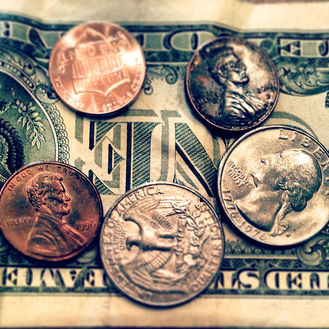 During this Memorial Day, my family will stop by a forgotten cemetery to clean the tombstones of Vet's. You would be surprised how many Vet's graves are completely covered in gray/black pollution, green lichen or overgrown by grass and weeds. We try to always clean them and leave behind some flowers and a leave a penny. Why a penny? Below are the traditions for leaving coins on Vet's graves While visiting some cemeteries you may notice that headstones marking certain graves have coins on them, left by previous visitors to the grave. These coins have significant meanings when left on the headstones of those who gave their life while serving in America's military. A coin left on a headstone or at the grave site is meant as a message to the deceased soldier's family that someone else has visited the grave to pay respect. PENNY: Leaving a penny at the grave means simply that you visited. NICKEL: Leaving a nickel indicates that you and the deceased trained at boot camp together. DIME: Leaving a dime means you served with him in some capacity. QUARTER: Leaving a quarter at the grave, means that you were with the soldier when he was killed. According to tradition, the money left at graves in national cemeteries and state veterans cemeteries is eventually collected, and the funds are put toward maintaining the cemetery or paying burial costs for indigent veterans. In the US, this practice became common during the Vietnam war, due to the political divide in the country over the war; leaving a coin was seen as a more practical way to communicate that you had visited the grave than contacting the soldier's family, which could devolve into an uncomfortable argument over politics relating to the war. Some Vietnam veterans would leave coins as a "down payment" to buy their fallen comrades a beer or play a hand of cards when they would finally be reunited. The tradition of leaving coins on the headstones of military men and women can be traced to as far back as the Roman Empire. Just about everyone knows that if you are anywhere in Webster County, WV, then the chances of meeting a Hamrick or a Gregory is VERY high. So, on my search for my 3rd Great Grandfather, I landed at Meadowland Cemetery looking for a Gregory. I did not find the ONE I was looking for but I did find William Given Gregory.
I highlighted ONE because believe it or not, William is the ONLY Gregory buried in Meadowland. I find that fascinating. His wife, Rebecca Sands Gregory is buried elsewhere in the Cool Springs Cemetery in Webster County, WV. William was the son of Col. Isaac Gregory (1772-1852) and Sarah Given Gregory (1766-1836). William was a Devout Methodist (a very popular religion in Webster County, WV) and lived most of his adult life on the Elk River not too far from Meadowland Cemetery. William was elected Sheriff of Webster County, WV in October 1865. William and Rebecca had eight children: Nancy, Margaret, Sarah, Jane, Adam, Elmira, Mary and Levicy. There are times that I am in absolute shock that I come across a grave that has been left alone, not necessarily neglected, but not often visited and it is a famous or what I like to call "famous to me" tombstone. It also always surprises me when no one has updated their Find A Grave memorial. Instead the memorial looks to be added by those that are hungry for more and more memorials and sit and type in people and dates, mindlessly, all day without a curiosity to who that person was in the living world. A visit to Central West Virginia always has me stopping by the Weston Masonic Cemetery in... Weston, WV. This is where my Dad is buried. The conditions of this cemetery really are not great. Dead mowed grass from years and years has covered so much of the flat stones along with flooding that many are buried. One day, my husband, son and I decided that we should not only clean up my Dad's memorial but his "neighbors." Some of them are family, most are not. The Weston Masonic Cemetery is truly a random mix of citizens. Once we started cleaning up the "neighbors," we realized that more and more of them needed cleaned and documented. Find A Grave must have over 300 requests for this almost 4000 space cemetery. It was during one of those days that we dedicated to cleaning up my Dad's "neighbors" that we I photo documented, Paul Edward Ebbert, Sr. If you are an old-timer from West Virginia, you might recognize the name. You might even put the face to the name. If you have watched American Pickers, you might also put the face to the name. Paul Ebbert was the WV State Policeman that posed for "SLOW DOWN" school zone sign that was used throughout the Elementary schools in West Virginia. Article from Vintage West Virginia - On June 13, 1938, West Virginia State Police Trooper Paul Ebbert was told to go home, put on a dress uniform and return to the Capitol as soon as possible. He thought he was to escort Governor Holt on an out of state trip. Instead, because at 6'3", he was West Virginia's tallest trooper, he was to be photographed. From this photo image, plywood troopers were made, painted and distributed in pairs to elementary schools in all 55 counties of West Virginia. These wooden troopers had lettering on the front that said, "SLOW, SCHOOL ZONE" 15 m.p.h.. The back had black and white stripes and said, "RESUME SPEED, THANK YOU, THE STATE ROAD COMMISSION OF WV." To the bottom of each of these wooden troopers was affixed a metal pipe that would either fit over another pipe or into a hole drilled into the center of the highway. Morning and evening, and sometimes at noon, a wooden trooper was placed by a Patrol Student at each end of the school zone facing upcoming traffic. These wooden sentinels stood guard, advising motorists to drive slowly and with caution. When not in use, the troopers were stored in the school house, usually in what was called the "cloak room". Trooper Ebbert patrolled Rt. 21 from Charleston to the Jackson County line and made friends, especially with children. In 1957, Trooper Ebbert was promoted to First Sergeant and transferred to Company A, Shinnston, WV, where he had a massive heart attack and died at the age of 50. Ancestry.com is offering FREE access to the Original 13 Colonies until Midnight July 4th, 2017.
Don't miss this great opportunity to access select collections within Ancestry.com for free and add them to your tree! Click Here to Access! The Internet is a fabulous place! Yes, it has it's downsides and can be scary. At times, I've even found it boring. What?! Boring?! A couple of weeks ago, I announced to my family that it was official.... I have searched the internet for anything and everything that I would need to search for. So, in essence, I didn't need the internet again because I know all I want to know about every esoteric topic possible. Well, that lasted a hot minute because anyone involved with Genealogy knows that every day, there is always something to research or a brick wall to tear down.
About a year ago, I joined WikiTree as a way to access, research and document Ancestors..... for free! I probably overindulged a bit because I spent every single second of spare time on WikiTree determined to link myself, my parents and my grandparents to the one big master tree that all of us belongs to. I joined groups for American History, Wars, Cemeteries, Scottish Clans and more. I truly love WikiTree because it provides tremendous free information that is actually sourced (a requirement of WikiTree) and also for the people I meet along our mutual journeys. The internet friends that I have met, especially through WikiTree, have given me tremendous help and encouragement as I continue through my genealogy travels. On WikiTree, I joined the Virginia subproject that includes a leader that constantly cheerleads us along the way. I have asked for help with a very frustrating brick wall for a Swedish relative and a fellow WikiTree'er jumped in to not only help but also located documentation from Sweden and translated for me. And then there are friends in common that are distant distant cousins that graciously share their information, stories, pictures and love of genealogy. One such Friend in Common is Mary Gulish. She is a distant cousin on my biological father's side of the family. We met through WikiTree. Through our email correspondence, Mary became aware of this website and offered to help. I am happy to announce that Mary will be sharing photos starting with Floyd Westwood Cemetery in Spartanburg County, SC. Take a few moments to look at this cemetery's page. It is a large cemetery and updated often. ....and Join WikiTree to see how you fit into the big genealogy tree of humanity. It's requires sources and details from you so be prepared! Quick note to let you know that I have just counted and I have over 5000 photographs to upload to this website just from West Virginia alone. I have about 1000 from Georgia to upload.
Now that this website has everything set and in place, I can start uploading photographs sections at a time. It's a very slow process. After the uploads have been accomplished, then I go back and re-edit each individual photograph for clarity and add a name to the caption. If you have photographs that you have personally taken and wish to contribute to this website, please reach out to me! Our only request is that you agree with us on our Photo Policy. We will ensure, on our website, you get 100% credit for all photographs you have personally taken. We request that you agree to offer your photographs for free to the World. Sandy |
Sandy PatakProfessional Genealogist. You can usually find me searching through dusty piles of papers, photographing tombstones of Ancestors and drinking lattes. Research is my life. Living in an Airstream at the Beach is my Dream. Archives
October 2022
Categories
All
|
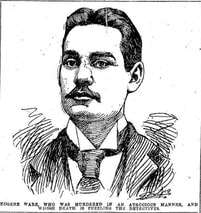
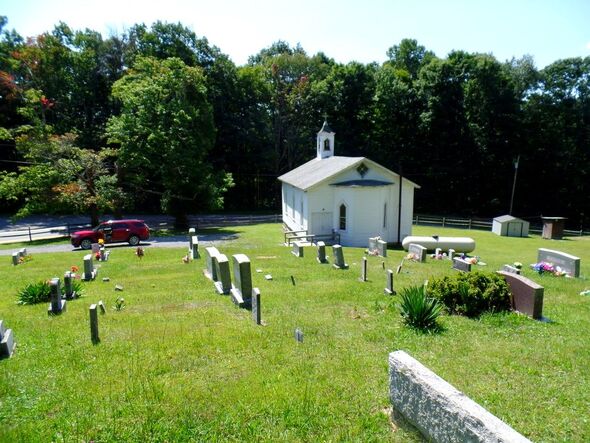
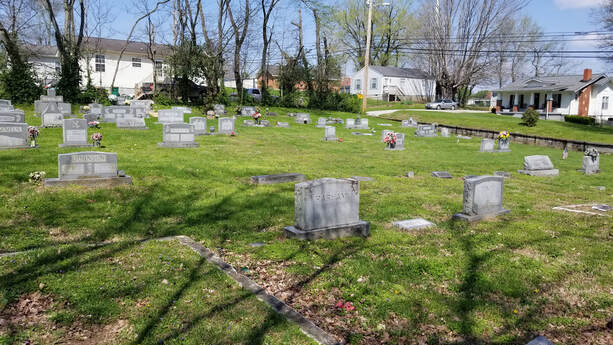
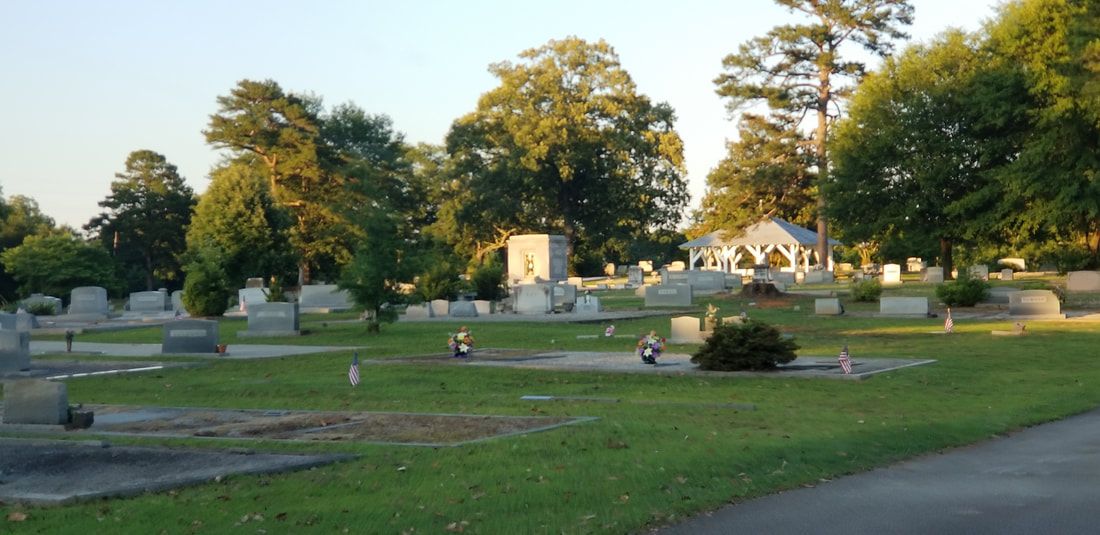
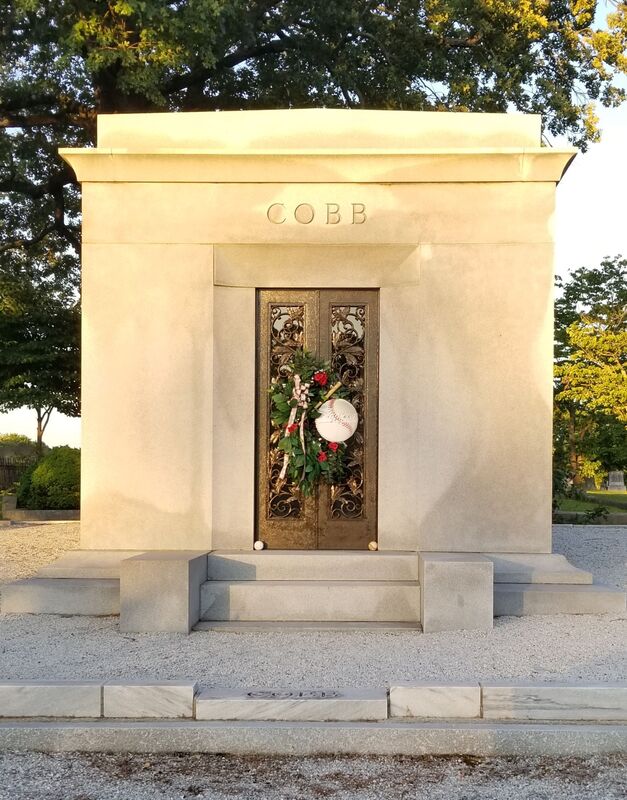
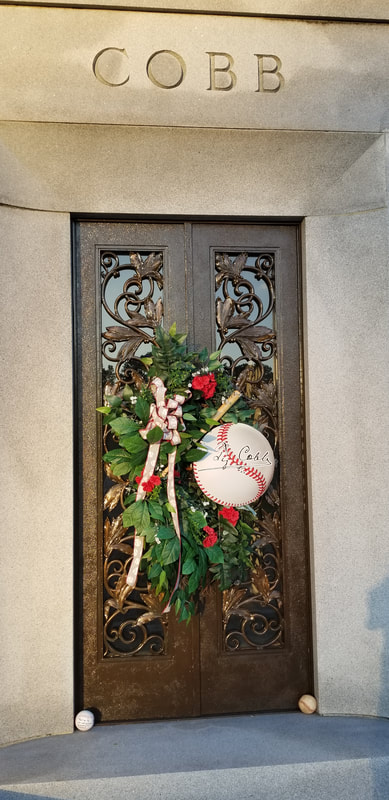
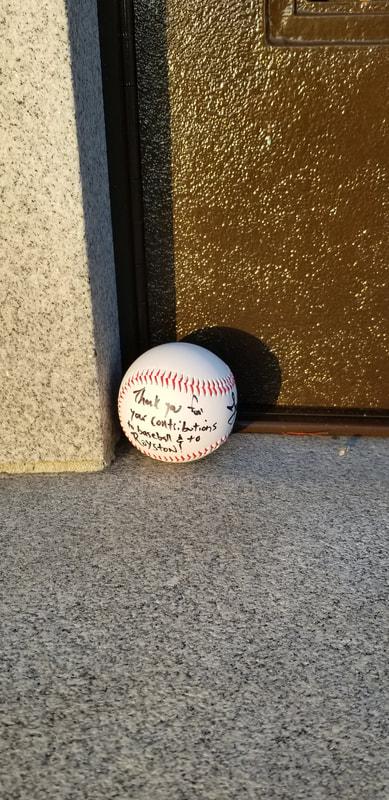
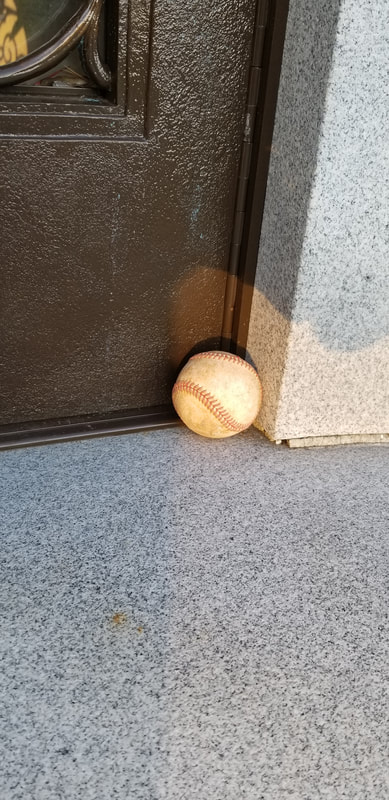
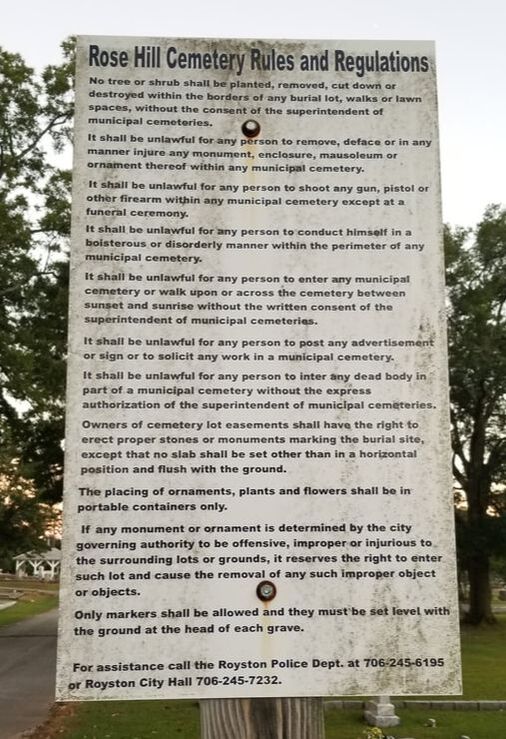
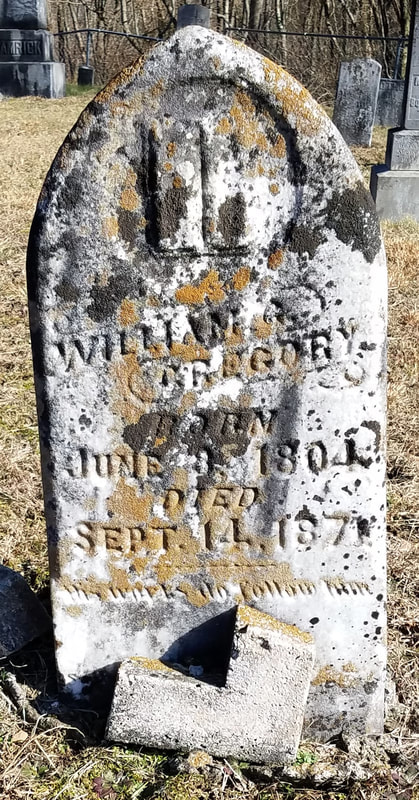
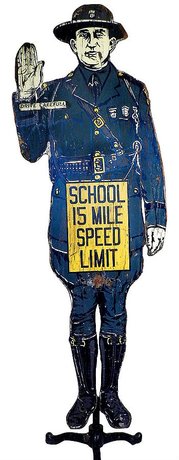
 RSS Feed
RSS Feed
